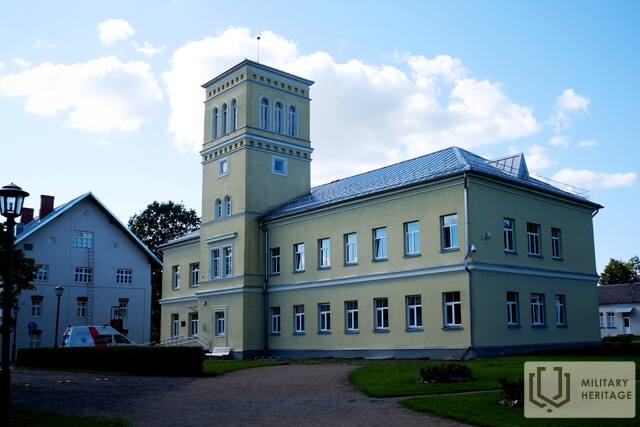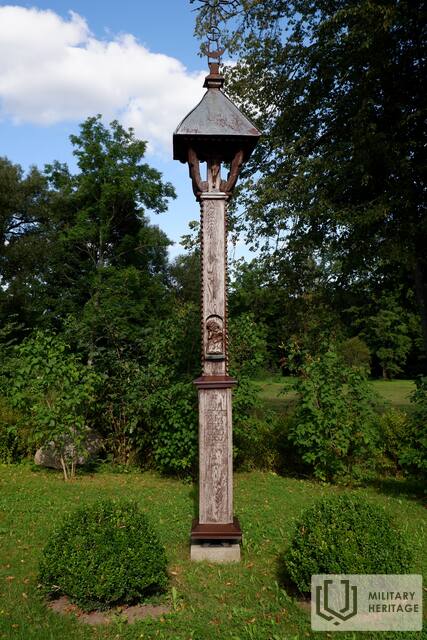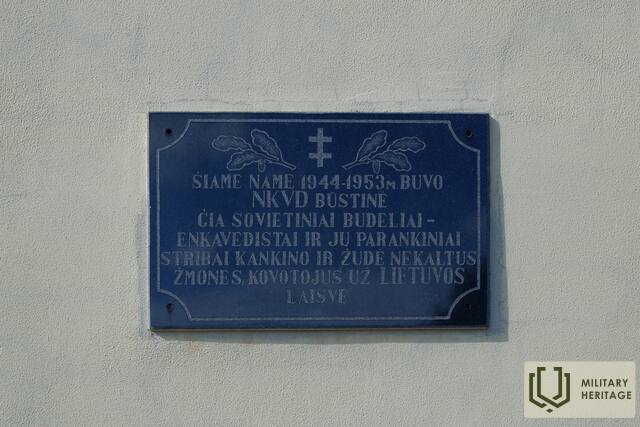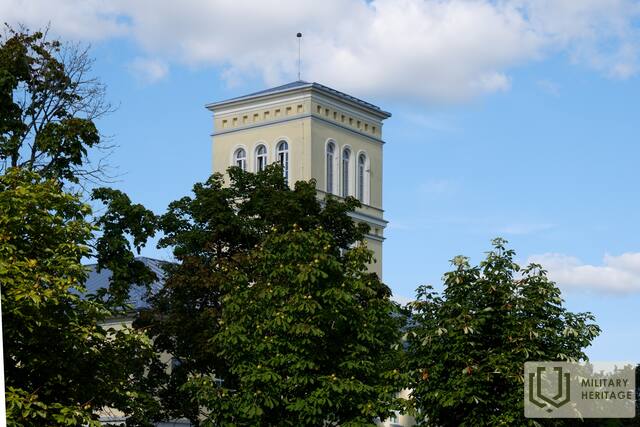Rietavas Supportive Treatment and Nursing Hospital (NKVD Strib Headquarters)
Memorial site

The manor belonging to the Oginskis family was built in the very city of Rietavas.
In 1892, the first electric light bulb in Lithuania was lit in the neoclassical architecture mansion, and during World War I, the mansion was devastated by the German Empire's troops.
During the Soviet era, the Rietavas Manor housed the NKVD's headquarters, which housed members of the local Soviet repressive structure who collaborated with the NKVD and participated in repressions against Lithuanian partisans and their supporters.
Rietavas Manor, which was a prominent cultural and educational center before the Soviet occupation, became a strategic location after the Soviets occupied Lithuania. It was used for interrogations and for holding arrested partisans and their supporters. Partisans and members of the resistance movement arrested in the surrounding areas were often brought to Rietavas Manor for interrogation.
Partisans of the Rambynas-Pilies unit of Butigeidis's team from Darius' homeland, who died on January 26, 1952 in the Žadvainiai forest, were buried on the territory of the manor, in an attempt to hide their deaths from the public. The bodies of five freedom fighters – Antanas Gedmintas-Lakštutis, Pranas Grauslis-Pavasaris, Ona Juškienė-Onutė, Antanas Kontrimas-Parama and Juozas Oželis-Daginis – were disinterred in Rietavas and eventually buried in a former refuse pit near the stables of the Rietavas manor. Relatives suspected the burial site, but the remains were not found during the searches conducted in 1990–1996. The truth was revealed almost 60 years after their deaths.
Today, the memorials in the Rietavas Manor bear witness to this dramatic period in history and remind us of the repressions experienced in the post-war years.



















